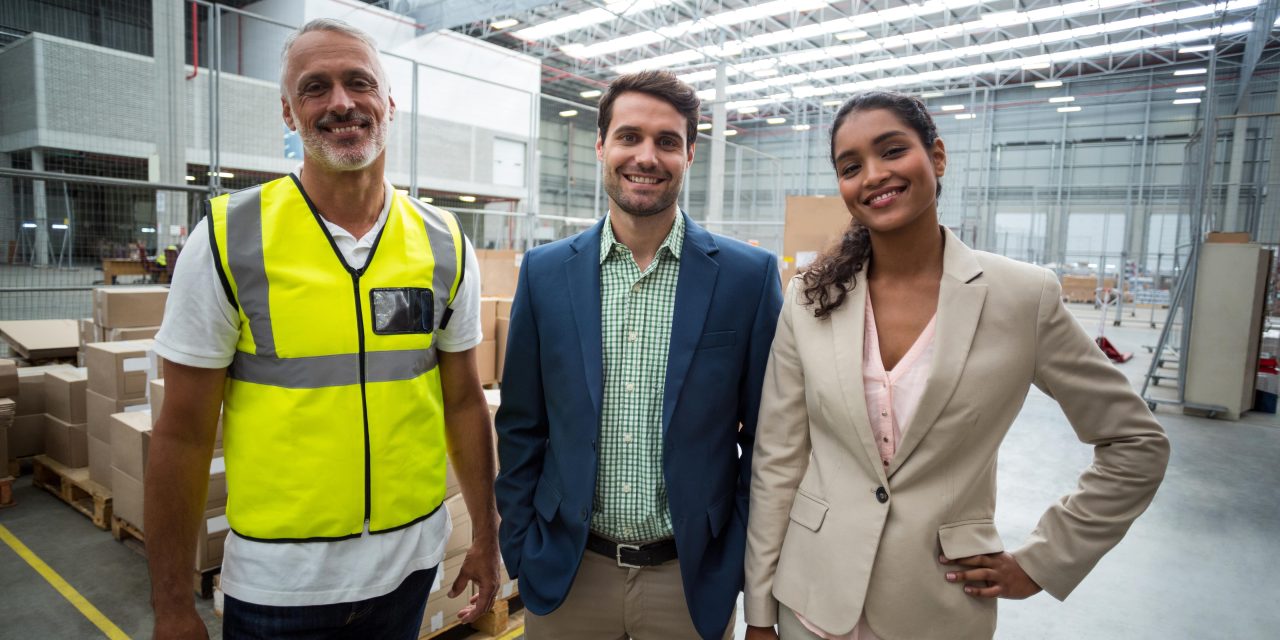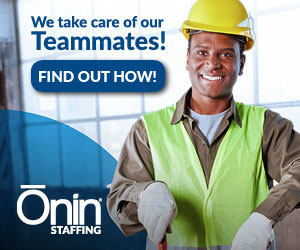Many manufacturing firms have an out-of-date workforce model. If you have not recently updated yours, you should start the process today.
Variables Impacting a Workforce Model
A workforce model uses scenarios to create future models and uncover gaps. This model accounts for the following variables:
- Changing customer perspectives, needs, and wants
- Predicted demand levels
- Technological changes impacting changes in processes or demand
- Predictable legislative changes
- Employee wants and needs, such as learning and development opportunities
- Employees’ current skill sets
- Medium- and long-term turnover that requires skill replacement
- Future skill requirements for employees
Importance of an Updated Manufacturing Workforce Model
HR and company leaders must collaborate to create an updated manufacturing workforce model. Regular updates help your company maintain progress toward reaching its goals. Your organization can pivot according to industry changes and business needs to stay competitive.
Adaptation to the Changing Manufacturing Workforce
According to the 2021 Deloitte and The Manufacturing Institute Manufacturing Talent study, US manufacturing is expected to have 2.1 million unfilled jobs by 2030. The top reasons why include:
- Increasing number of employees retiring or going to work in other industries.
- Decreasing number of employees replacing them.
- Employees working more hours to make up for staffing shortages.
- Growing number of employees experiencing burnout.
An updated workforce model is needed to proactively replace the employees leaving your organization. Having skilled replacements ready to take over supports productivity.
Benefits of an Updated Manufacturing Workforce Model
Having an updated manufacturing workforce model supports succession planning. For instance, exiting employees can transfer in-house knowledge and skills to new hires to strengthen the transition process. These activities impact production and company performance.
Methods to Implement Your Updated Workforce Model
Choose among the following methods to implement your updated manufacturing workforce model:
Use current technology
The implementation of current technology supports organizational agility. Encouraging employees to provide input regarding the design and deployment of new technologies supports implementation.
Digital tools and technologies help manufacturing facilities remain open and running at capacity:
- Shop floor dashboards help manufacturing teams maintain alignment on production issues.
- Digital twins, augmented reality (AR), and remote machine monitoring support remote work.
- Automation and robotics maintain operations during unpredictable staffing challenges and workforce shortages.
Expand your labor pool
You can fill your manufacturing labor gaps with part-time employees, company retirees, and contingent workers. Including these types of employees in your labor pool helps fill your future staffing needs, especially during times of peak production. As a result, you can increase productivity, minimize downtime, and lower costs.
Part-time employees, company retirees, and contingent workers have the institutional knowledge required to complete many tasks. Therefore, they require less onboarding and training than full-time employees. As a result, these employees support operational flexibility and seasonal support.
Upskill and reskill your employees
Offer your manufacturing employees upskilling and reskilling opportunities. These learning and development opportunities help your employees excel in their current roles and qualify for roles you will need to fill in the future. These types of training elevate job satisfaction, employee attraction and retention rates, and operational resilience.
For instance, offer training for first-level leaders to more effectively supervise your frontline employees:
- Manufacturing employees typically earn promotions because of their technical skills.
- These employees often have limited skills for supervising teams.
- New leaders often have to supervise employees they previously worked with side-by-side.
- Equipping these leaders with the skills required to lead, train, and discipline their teams while enhancing employee relationships helps build a sustainable workforce.
Cross-train your employees
Many manufacturing employees desire career growth without taking on leadership roles. Therefore, cross-training provides opportunities to broaden their skill sets and change roles to reach professional goals.
Cross-training lets manufacturing employees become subject matter experts within the industry. They can learn new equipment and train for job opportunities for professional development. These opportunities strengthen employee engagement, collaboration, and retention.
Hire contingent workers
Contingent manufacturing workers increase workload flexibility. You can blend these workers with your employees as needed and pay for only the services used.
Contingent workers are employed by a staffing agency. Therefore, you are not responsible for employment expenses such as:
- Hiring
- Onboarding
- Training
- Payroll
- Benefits
- Taxes
- Worker’s compensation claims
- Unemployment claims
Modern workforce scheduling solutions help manufacturing operations leaders manage contingent workers. These technologies use smart logic to uncover resource gaps by department, role, and skill set. Then, managers can make data-based decisions and assign contingent workers to open shifts while complying with safety and labor regulations.
Partner with Ōnin
Employers turn to Ōnin when their manufacturing workforce model no longer fills their staffing needs. We have extensive conversations about each organization to build a workforce strategy that helps the company and employees succeed. We help solve our clients’ toughest workforce challenges so everyone wins.
We guide clients through the changing manufacturing hiring climate and match them with qualified candidates to fill their staffing needs. The results include stronger job performance and improved retention.
Manufacturing staffing experts
Ōnin offers manufacturing staffing services to elevate the hiring experience. We are redefining what working together means by matching motivated job seekers with employers of choice. Our personalized guidance, cutting-edge tools, and award-winning culture help us collaborate with clients and candidates to build creative, informed solutions to complex workforce challenges.
Big-picture talent
Your big-picture manufacturing talent requires long-term solutions. Although having the right people on your team is more important than ever, finding them is increasingly difficult. As a result, we focus on finding the best talent to fill your staffing needs. We even can provide candidates with the specialized skills needed to fill niche roles.
Talent acquisition options
Our manufacturing talent acquisition options include contingent, contingent-to-direct, payroll, and direct-hire services. Because we have offices in 26 states and teammates working in all 50, we can fill virtually any role within the United States.
We leverage top staffing industry technology to attain great efficacy and efficiency. As a debt-free staffing firm and one of the largest staffing firms in the country, we are a financially stable, capable partner.
Contact The Ōnin Group to start reassessing your manufacturing workforce model and hiring top talent today.
Sources
- https://www.shiftboard.com/strategies-to-overcome-labor-shortage-challenges-in-manufacturing/
- https://parsable.com/blog/future-of-work/5-ways-to-empower-the-manufacturing-workforce-to-survive-the-pandemic-and-thrive-beyond-it/
- https://www2.deloitte.com/us/en/insights/industry/manufacturing/manufacturing-industry-diversity.html
- https://hrdailyadvisor.blr.com/2020/10/09/what-is-workforce-modeling/






